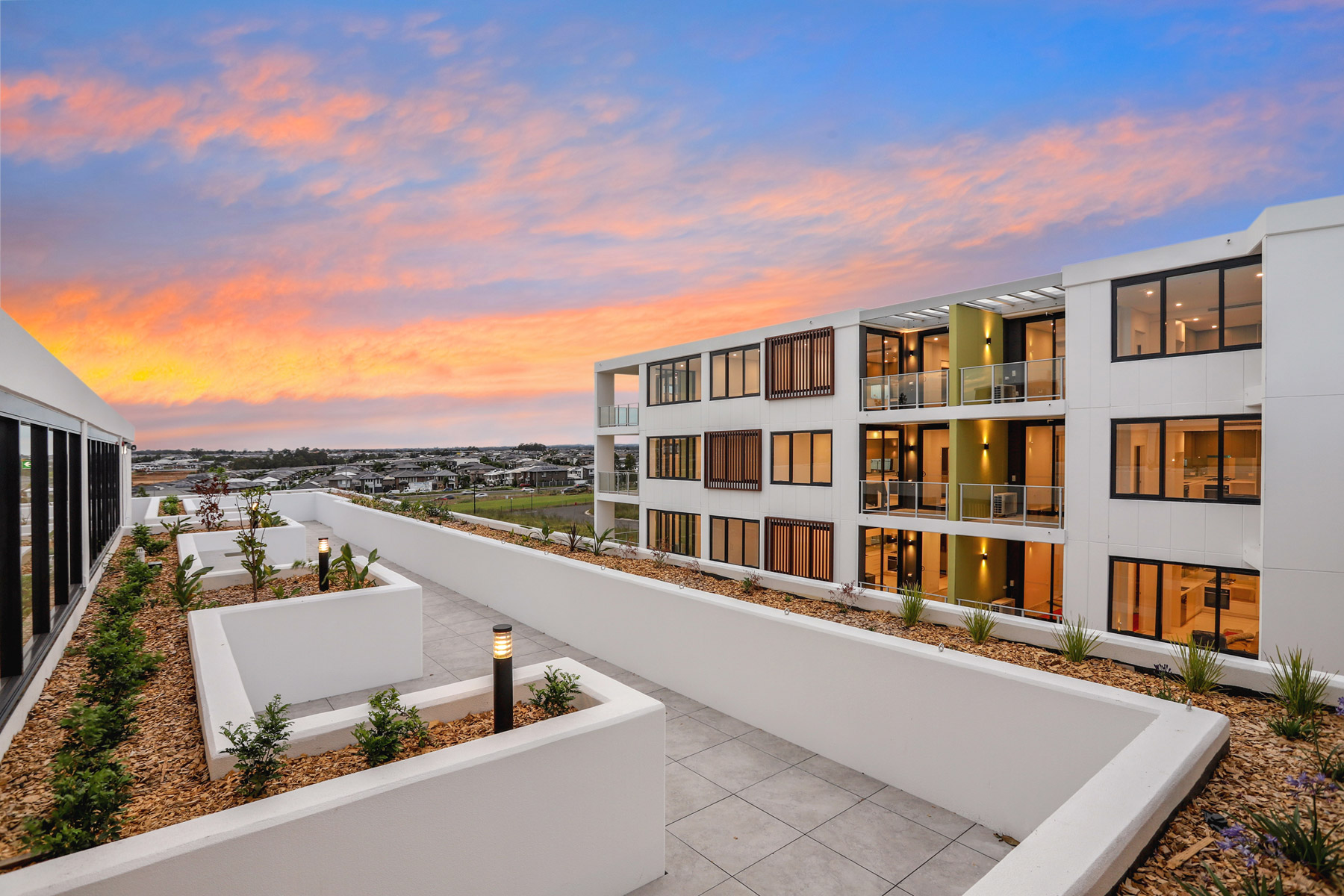Earned good money this year? Your house might have earned you more
CoreLogic’s Pain & Gain report showed record results for Australian home sellers in the past three months
How much did you earn this year? Was it more than $295,000?
That’s the median profit Australian home sellers made in the past three months according to data from CoreLogic released today. The property data provider released its Pain & Gain Report for the September quarter analysing 95,000 dwelling resales. The gains revealed the highest results since records began in the 90s. Total nominal gains were also higher, at $33.98 billion up from $33.3 billion in the previous quarter.

Australians are also holding onto their homes for longer, with the median period of home ownership now 9 years. For those who sold this year, that means they bought in 2015. The report noted that national home values have increased 57.7 percent in that time
Houses continued to represent the best option for capital growth, with just 2.9 percent selling at a loss compared with 9.4 percent of units. Homeowners who held their properties for two years or less were most susceptible to losses.
CoreLogic head of research Eliza Owen said units were historically more likely to sell at a loss but the likelihood had grown across all properties held for shorter periods in recent years.
The impact on mortgage holders would vary, however, depending on whether they were owner occupiers or investors.
“Investors are potentially in a better position to sell at a loss, because they may be able to offset that loss on future capital gains from property,” she said. “Three years on from mortgage rate lows, the incidence of loss is rising for those who have held between two and four years.”
Indeed, not every home seller walked away with a tidy profit this quarter. The report noted Melbourne was the only capital city to experience a further downturn in values, with 9.9 percent of properties selling at a loss.
The median nominal loss was -$40,000 and the total nominal loss was $270 million over the quarter.
Records keep falling in 2025 as harbourfront, beachfront and blue-chip estates crowd the top of the market.
A divide has opened in the tech job market between those with artificial-intelligence skills and everyone else.
The 2026 McGrath Report warns that without urgent reforms to planning, infrastructure and construction, housing affordability will continue to slip beyond reach for most Australians.
Australia’s housing market has reached a critical juncture, with home ownership and rental affordability deteriorating to their worst levels in decades, according to the McGrath Report 2026.
The annual analysis from real estate entrepreneur John McGrath paints a sobering picture of a nation where even the “lucky country” has run out of luck — or at least, out of homes.
New borrowers are now spending half their household income servicing loans, while renters are devoting one-third of their earnings to rent.
The time needed to save a 20 per cent deposit has stretched beyond ten years, and the home price-to-income ratio has climbed to eight times. “These aren’t just statistics,” McGrath writes. “They represent real people and real pain.”
McGrath argues that the root cause of Australia’s housing crisis is not a shortage of land, but a shortage of accessibility and deliverable stock.
“Over half our population has squeezed into just three cities, creating price pressure and rising density in Sydney, Melbourne and Brisbane while vast developable land sits disconnected from essential infrastructure,” he says.
The report identifies three faltering pillars — supply, affordability and construction viability — as the drivers of instability in the current market.
Developers across the country, McGrath notes, are “unable to make the numbers work” due to labour shortages and soaring construction costs.
In many trades, shortages have doubled or tripled, and build costs have surged by more than 30 per cent, stalling thousands of projects.
Need for systemic reform
McGrath’s prescription is clear: the only real solution lies in increasing supply through systemic reform. “We need to streamline development processes, reduce approval timeframes and provide better infrastructure to free up the options and provide more choice for everyone on where they live,” he says.
The 2026 edition of the report also points to promising trends in policy and innovation. Across several states, governments are prioritising higher-density development near transport hubs and repurposing government-owned land with existing infrastructure.
Build-to-rent models are expanding, and planning reforms are gaining traction. McGrath notes that while these steps are encouraging, they must be accelerated and supported by new construction methods if Australia is to meet demand.
One of the report’s key opportunities lies in prefabrication and modular design. “Prefabricated homes can be completed in 10–12 weeks compared to 18 months for a traditional house, saving time and money for everyone involved,” McGrath says.
The report suggests that modular and 3D-printed housing could play a significant role in addressing shortages while setting a new global benchmark for speed, cost and quality in residential construction.
Intelligent homes
In a section titled Weathering the Future: The Power of Smart Design, the report emphasises that sustainable and intelligent home design is no longer aspirational but essential.
It highlights new technologies that reduce energy use, improve thermal efficiency, and make homes more resilient to climate risks.
“There’s no reason why Australia shouldn’t be a world leader in innovative design and construction — and many reasons why we should be,” McGrath writes.
Despite the challenges, the tone of the 2026 McGrath Report is one of cautious optimism. Demand is expected to stabilise at around 175,000 households per year from 2026, and construction cost growth is finally slowing. Governments are also showing a greater willingness to reform outdated planning frameworks.
McGrath concludes that the path forward requires bold decisions and collaboration between all levels of government and industry.
“Australia has the land, demand and capability,” he says. “What we need now is the will to implement supply-focused solutions that address root causes rather than symptoms.”
“Only then,” he adds, “can we turn the dream of home ownership back into something more than a dream.”
Ophora Tallawong has launched its final release of quality apartments priced under $700,000.
Now complete, Ophora at Tallawong offers luxury finishes, 10-year defect insurance and standout value from $475,000.




















